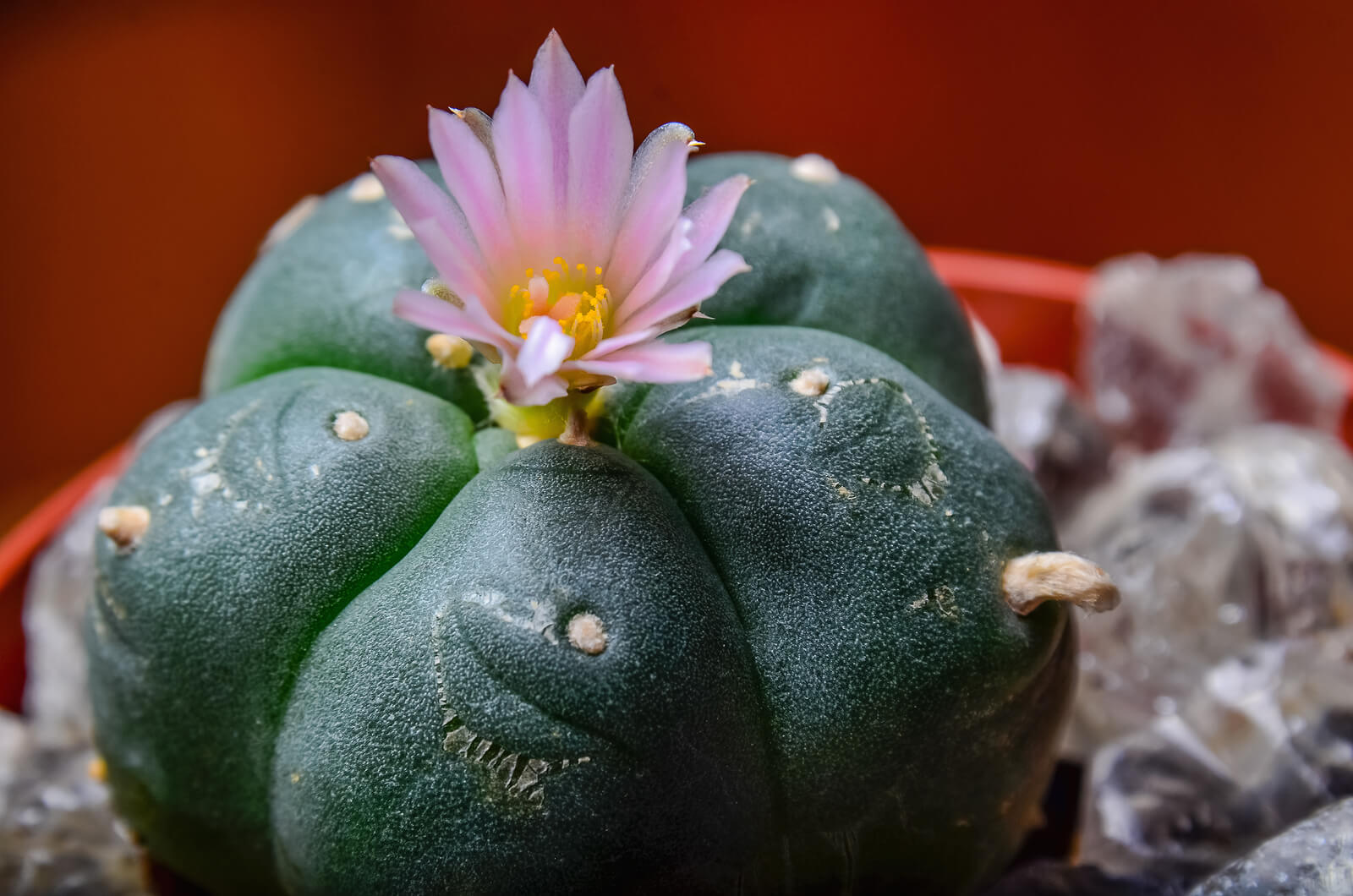

“This intoxication lasts two or three days, and then it goes away. “Those who eat it or drink it see visions, horrible or laughable,” the priest wrote. Around the same time, the missionary Bernardino de Sahagún (1499–1590) described peyote’s mind-altering, mood-modifying, and hunger- and thirst-suppressing capabilities. In this brief account, peyote comes across as an herb with healing abilities and visionary powers used in various divination practices.

When they want to find out whether the root is hidden in the ground, and where it is growing, or whether it will be harmful, they learn by eating another one. If ground and applied it is said to cure pains of the limbs this wonderful thing is said about this root (provided one gives credence to a thing which is most popular among them), that by eating it they can foresee and predict anything for instance, whether enemies are going to attack them the following day? whether they will continue to be in favorable circumstances? who has stolen household goods or something else? and other things of this sort, which the Chichimeca try to know by means of this kind of medication.

It seems to be of a sweet taste and of moderate heat. According to one such report by the botanist-physician Francisco Hernández (1514–1587), peyotl (from the Aztecs’ Nahuatl language) “is a medium size root, bringing forth no branches nor leaves above ground, but with some sort of wool adhering to it.” Explaining what he learned from the local people, he wrote: The principal alkaloid, mescaline, is concentrated in the crown of the cactus and is likely responsible for many of the mystical and medicinal powers with which the plant has been associated.Īs the Spanish took account of their freshly subjugated New World colonies during the sixteenth century, they recorded descriptions of peyote use among the indigenous people. 7 In both ancient samples, investigators were able to detect peyote alkaloids, lending evidence to the notion that people harvested peyote for its psychoactive properties. 6Peyote buttons that probably came from an archaeological site near the Rio Grande in southern Texas have been subjected to chemical analysis, which gave an age of around 5700 years. 5 For example, an analysis of a string of buttons associated with a burial site in northern Mexico revealed it to be about 1000 years old. The small handful of archaeological investigations that have come across intact peyote demonstrate that peyote use probably extends back more than 5000 years. Department of Agriculture, Forest Service)Īlthough there are no written records and few archaeological clues to the antiquity of peyote use in pre-Columbian times, early Spanish writings and more recent ethnographic accounts indicate that it probably served a role in indigenous North American medical-spiritual practices for many centuries before the arrival of Europeans. 4įIGURE 7.1 Peyote: ( top) cactus ( bottom) flower. 3 In literature and common speech, peyote is sometimes mistakenly called mescal, a name that refers instead to both a North American psychoactive legume ( Sophora secundiflora) and the distilled fermented sap of the Mexican maguey plant ( Agave americana). Its genus consists of two species, the less common type occurring rarely in one part of Mexico. 2 It can also be cultivated, although it grows slowly. 1 Peyote grows wild in far southern Texas and much of northern Mexico, generally at low elevation in desert scrub ecosystems. Peyote produces a small number of prominent pinkish-white flowers (occasionally yellow) at the center of the stem that give rise to thin red fruits no longer than 2 centimeters. Each rib is topped by a tuft of whitish hairs (trichomes). The shoot portion of the plant, in the form of a disc of ribbed nodes consisting of the plant’s vegetative bud and leaves, can be harvested by cutting at the base, yielding the medicinal peyote “button.” The shoot can regrow if cut in this way and is more likely to produce multiple new branch shoots in response. Its root is thick and deep, shaped like a carrot or turnip. The perennial thornless peyote cactus grows low to the ground and produces flat-topped, round shoots 4 to 10 centimeters in diameter, and only a few centimeters from the surface of the soil (figure 7.1). Purchase courtesy of the Ford Foundation)

(Yarn painting by the shaman Ramón Medina Silva Fowler Museum of Cultural History, UCLA. Nature's Pharmacopeia: A World of Medicinal Plants Chapter 7Ī hunt for peyote in Wirikuta.


 0 kommentar(er)
0 kommentar(er)
